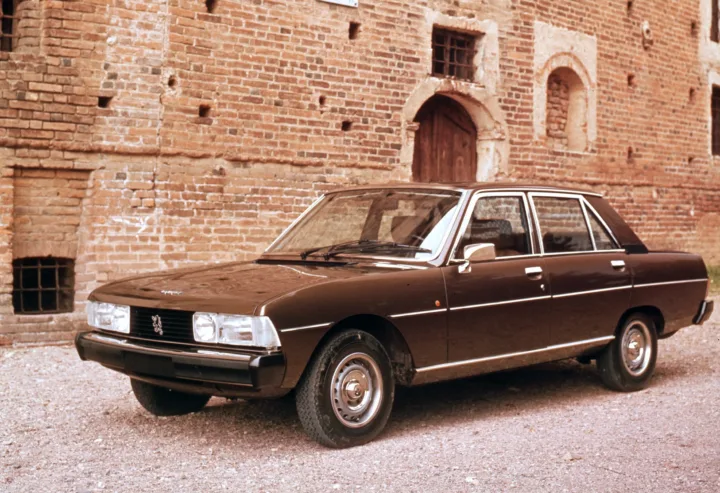Peugeot 604: the luxury "lion cub" turns 50
The Peugeot 604 was the French brand's first true luxury car to be produced after the war. The last similar model was the 601, which debuted four decades earlier, in 1934 piese auto online.

The Pininfarina-designed sedan was presented at the Geneva Motor Show in March 1975, where it received very high praise for its refined and stylish design. According to the authoritative Danish yearbook Bilrevyen 1976 (“Auto Review 1976”), the appearance of this car is distinguished by “calm elegance”. Although this is not at all apparent from the outside, the Peugeot 604 is largely based “on the principles of the Peugeot 504”, using its basic structure, including the doors and part of the floor. It is powered by an all-new 2.7-liter V6 PRV engine with 144 hp, developed jointly with Renault and Volvo.
Peugeot's ambitious entry into the luxury car market was a natural result of the significant increase in the wealth of average buyers. In the mid-1970s, the base price in the US was $10,990 and in the UK it was £4,785 (compared to £4,399 for the BMW 520, £4,361 for the Citroën CX Pallas and £3,485 for the Ford Granada 3000 GL).
The Peugeot 604 had several notable qualities. These included the smooth ride inherited from the 504, on par with the then Jaguar XJ6, the reliable handling, the spacious interior and the highly praised steering, described by all as "extremely precise" and "one of the best ever produced". The 604 had unusually wide opening doors, making entry and exit very easy.
Despite its high ratings, the Peugeot 604 was a commercial failure. Production of 153,252 units was half that of the V8-powered Rover 3500 and one-eighth that of its main competitor, the Citroën CX. Peugeot still managed to make a profit on each unit produced, mainly due to the shared equipment and mechanics with the 504, but after production ended, the model was left without a direct successor.
Modern researchers of automotive history attribute its relative failure to various reasons, such as conservative styling, lack of technical innovation, modest features, and the company's reputation for being difficult to deal with rust.
The 604 was introduced during the recession caused by the 1973 energy crisis, which made the market for large-engined cars quite unfavourable. In an attempt to adapt to this situation, Peugeot launched some economical versions of the 604, but these did little to increase overall sales of the model. Most surprisingly, a turbodiesel version was introduced at the 1978 Geneva Motor Show, with which Peugeot tried to convince upper-middle-class buyers that the 604 had "the engineering of a Mercedes-Benz 280E, the handling of a BMW 5 Series and the elegance of a Jaguar XJ6", but without success. Sales fell further in 1980 after the launch of the much more attractive 505, which had similar dimensions and technical potential.
French car manufacturers generally failed to achieve much international success in the business segment after the Citroën DS era. The luxury 604 model was perhaps the last time PSA Peugeot Citroën offered a viable competitor in this lucrative market segment. German manufacturers, in turn, immediately took advantage of this situation and in the late 1970s and 1980s managed to gain an unshakable position in the business class market.
The Peugeot 604's industrial career lasted from 1975 to 1985, with 153,252 cars produced during this period. An interesting but little-known detail of the model's history is that between 1979 and 1981 it was also assembled by the South Korean company Kia.
- 2025-12-15 - The new Smart is almost 5 meters long!
- 2025-12-14 - Hooray! Another 3 km of the Hemus Highway has been opened
- 2025-12-13 - Porsche has launched a special version of the 911 in honor of visionary designer Ferdinand Alexander Porsche
- 2025-12-12 - They are lifting the ban on internal combustion engines!
- 2025-12-11 - Volkswagen's unknown Mini, created half a century ago
- 2025-12-10 - SMZ-C3D: myths and facts about the legendary "Invalidka"
- 2025-12-09 - Renault 25: a sense of luxury from the 80s
- 2025-12-08 - Creative freedom in socialist Poland: the cross between Fiat 126P and Polonez
- 2025-12-06 - Toyota GR GT: Supra's bigger "brother" comes with a V8 engine
- 2025-12-05 - Opel OSV 40: the battle for safety began half a century ago












